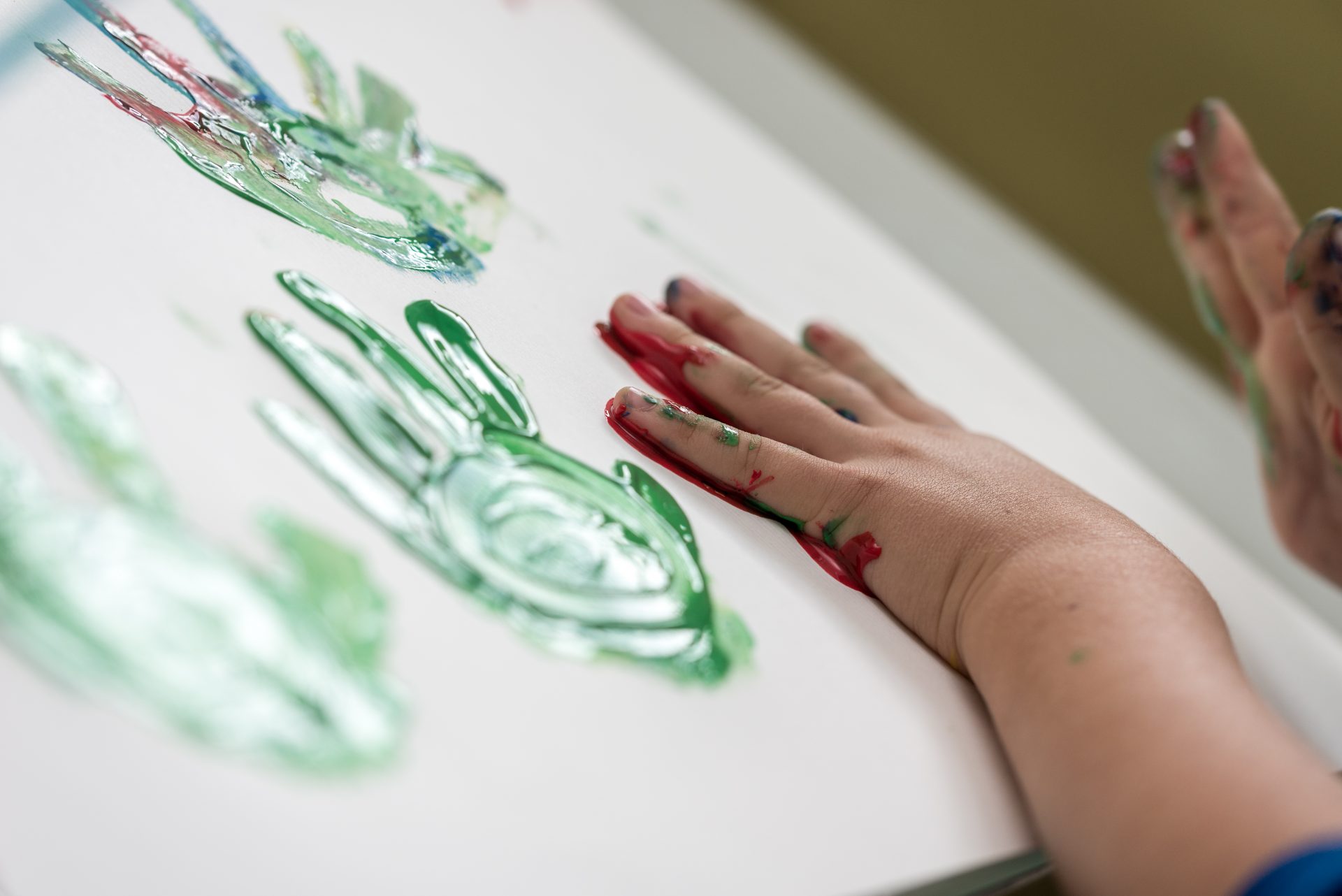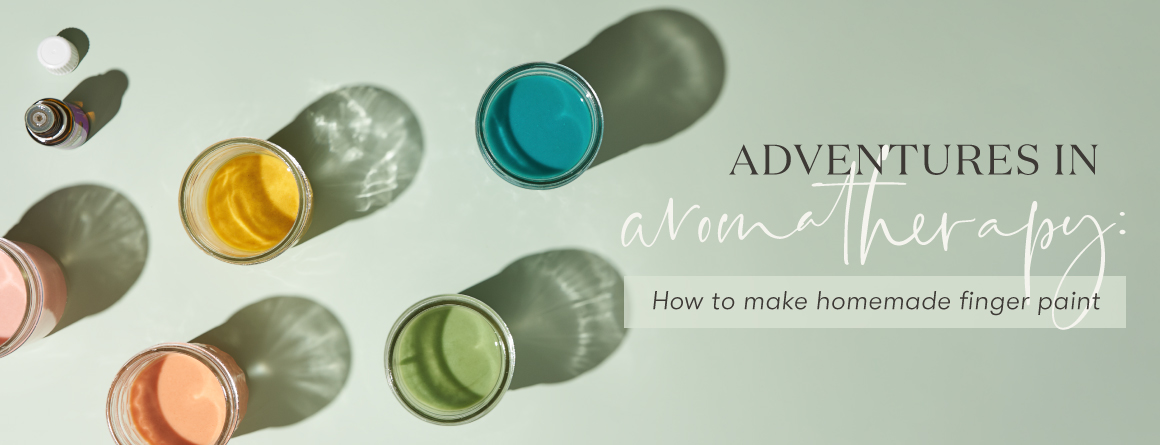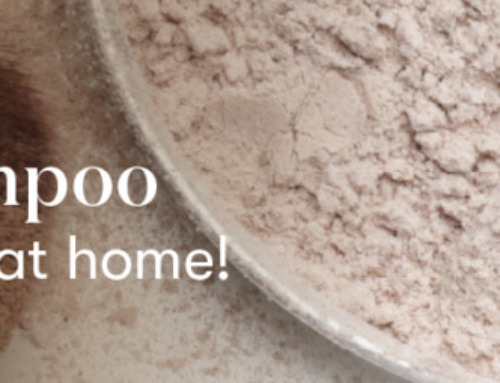Finger painting may look like simple, messy play, but there’s a lot more to it than meets the eye—or hand.
When your mini Michelangelo is globbing, smearing, and patting paint onto the canvas, they’re learning color theory, improving hand-eye coordination, and boosting brain development. As your little one experiments with different colors and techniques, they learn to take risks and be curious and brave.
Working with your hands to create something beautiful is good for the mind, body, and soul—and finger painting is no exception!
Want to get even more out of your homemade finger paint? Include aromatherapy by adding essential oils to the paint recipe. Lavender comes in handy, but you can totally use any child-safe essential oil!
Bonus: No kids needed to enjoy this DIY! If you don’t mind getting your hands a little messy, you can have some sophisticated fun with a finger paint and sip date night. Might we suggest these mocktails to get the creativity flowing?
How do you make homemade finger paint?
This finger paint recipe is super easy to make and takes only four ingredients. We’re willing to bet you have them in your cupboard already. Prep the paint while the little ones nap or involve tweens and teens in the creating process too!
Ingredients
1½ cups all-purpose flour
1½ cups salt
1─3 cups water
Natural food coloring
10 drops Lavender essential oil
Instructions
1. Combine flour and salt in a bowl.
2. Add 1 cup of water and stir to mix. Continue to slowly add water a little bit at a time until the paint reaches a liquid consistency with no lumps. You may not need to use the full 3 cups—just use enough to make the paint pourable.
3. Add your desired essential oils and mix in.
4. Separate paint into smaller containers to add food coloring.
YL tip: Rinse your tools and bowls while the mixture is wet. The flour-saltwater combo is easier to clean up before it dries.
To use
Dip fingers in the paints and create!
Our homemade finger paint has a unique, sandy texture, thanks to the salt. This lends to a fun sensory experience during painting and a unique textured look when it dries.
For best results, use canvas or watercolor paper, as these are sturdier than regular coloring paper and the paint goes on pretty thick—almost like puffy paint.
Even though it’s called finger paint, you don’t have to limit yourself to your hands. Try mixing things up with paint brushes or sponges. Let kids experiment with a dry brush and a wet brush and have them compare the results!
YL tip: Lay down newspaper or an old sheet to make cleanup fast and simple.

How long does homemade finger paint last?
To keep your finger paint fresh, store it in the fridge in a closed container (plastic wrap works just fine) for up to a month. After a few days, you may notice the paint begins to separate—a quick stir will bring it back together again. Throw the paint away if you start seeing mold.
The next time you’re in an arts and crafts mood, try your hand at DIY essential oil slime or moon sand.





Leave A Comment